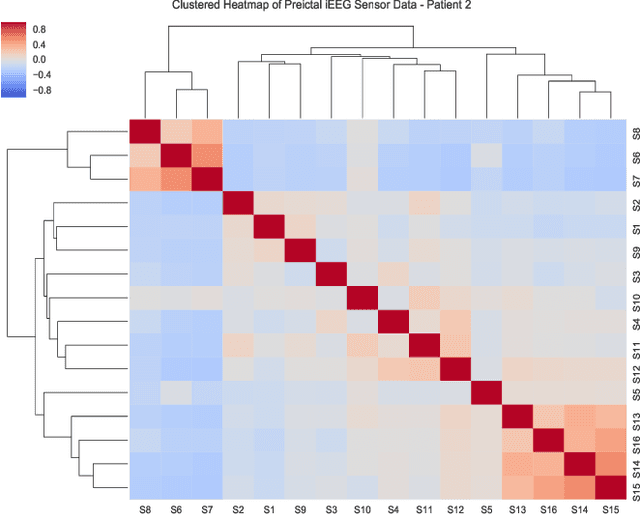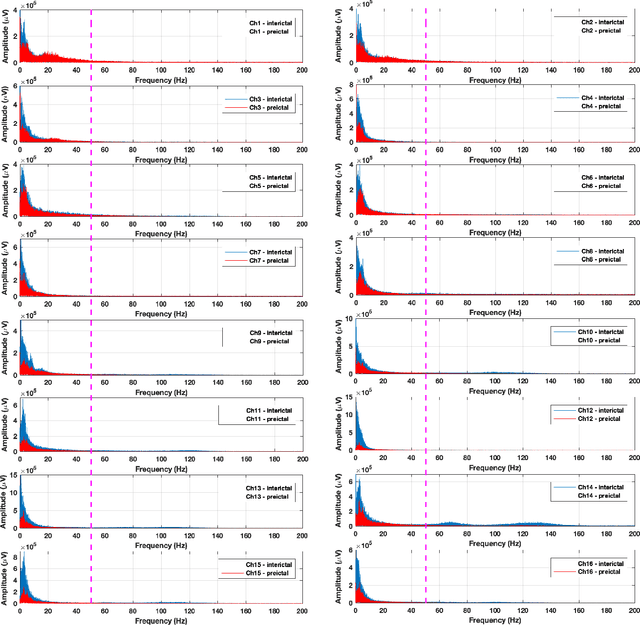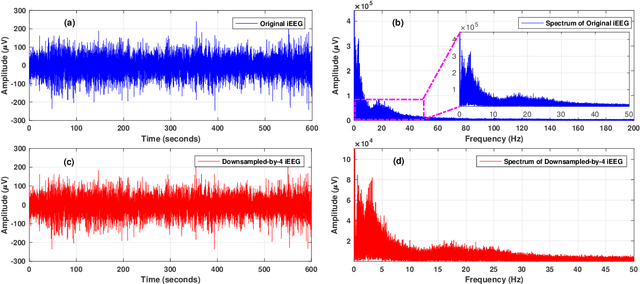Human Intracranial EEG Quantitative Analysis and Automatic Feature Learning for Epileptic Seizure Prediction
Paper and Code
Apr 07, 2019



Objective: The aim of this study is to develop an efficient and reliable epileptic seizure prediction system using intracranial EEG (iEEG) data, especially for people with drug-resistant epilepsy. The prediction procedure should yield accurate results in a fast enough fashion to alert patients of impending seizures. Methods: We quantitatively analyze the human iEEG data to obtain insights into how the human brain behaves before and between epileptic seizures. We then introduce an efficient pre-processing method for reducing the data size and converting the time-series iEEG data into an image-like format that can be used as inputs to convolutional neural networks (CNNs). Further, we propose a seizure prediction algorithm that uses cooperative multi-scale CNNs for automatic feature learning of iEEG data. Results: 1) iEEG channels contain complementary information and excluding individual channels is not advisable to retain the spatial information needed for accurate prediction of epileptic seizures. 2) The traditional PCA is not a reliable method for iEEG data reduction in seizure prediction. 3) Hand-crafted iEEG features may not be suitable for reliable seizure prediction performance as the iEEG data varies between patients and over time for the same patient. 4) Seizure prediction results show that our algorithm outperforms existing methods by achieving an average sensitivity of 87.85% and AUC score of 0.84. Conclusion: Understanding how the human brain behaves before seizure attacks and far from them facilitates better designs of epileptic seizure predictors. Significance: Accurate seizure prediction algorithms can warn patients about the next seizure attack so they could avoid dangerous activities. Medications could then be administered to abort the impending seizure and minimize the risk of injury.
 Add to Chrome
Add to Chrome Add to Firefox
Add to Firefox Add to Edge
Add to Edge